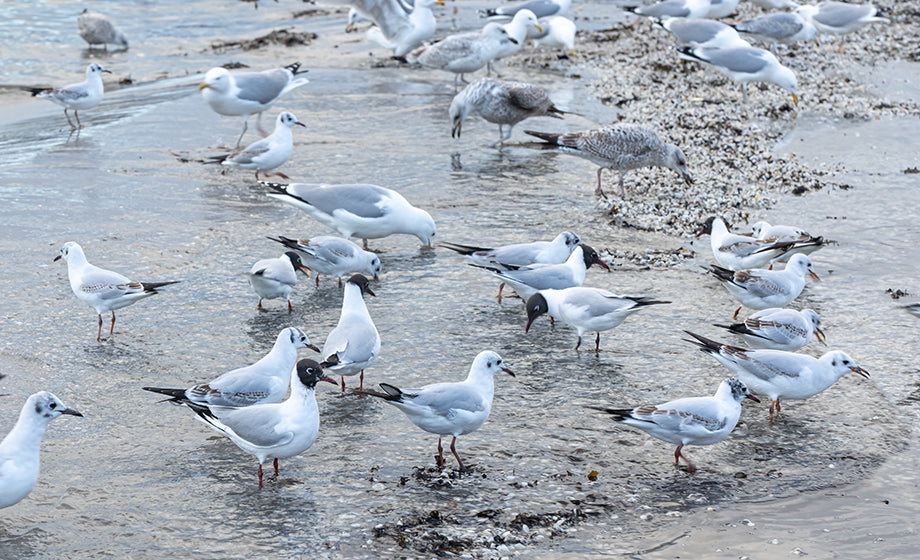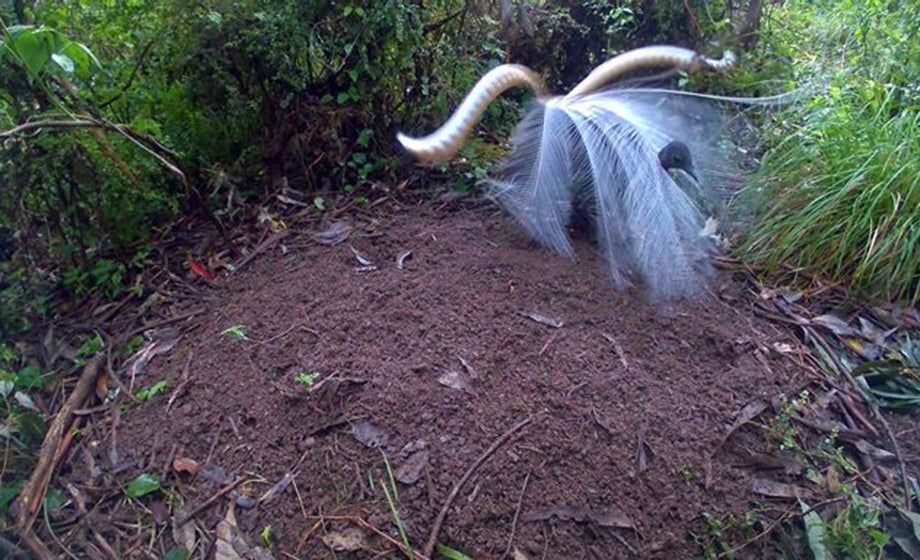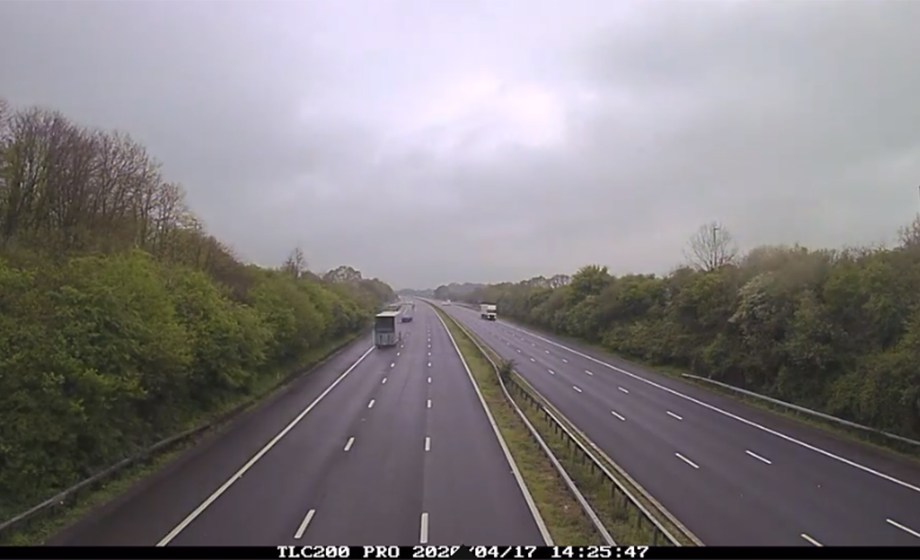The Peruvian booby is key part of the delicate costal ecosystem in Peru and monitoring their behavior provides a clear indication of environmental changes in the region. Between 2016 and 2018, a research project was conducted by Unidad de Investigación de Ecosistemas Marinos - Grupo Aves Marinas at Universidad Científica del Sur to identify the impact that commercial fishing has had on the Peruvian booby population. This project required long-term monitoring of booby colonies and as a first, time lapse cameras were set up to capture the birds’ foraging behaviors.
The study focused on two colonies on two separate islands in Peru. Each colony had between 20-30 nests and photos were taken every day at a 15min time interval between 5am-7pm. Some birds in each colony had GPS loggers in order to compare data and determine if time lapse cameras were a viable research option when studying foraging habits. The researchers were using the time spent away from the nest to identify and monitor the availability of food in the area. By the end of the project the time lapse footage and GPS results were comparable, which allowed for the researchers to conclude that time lapse cameras are a reliable monitoring tool for research purposes.
Traditional research methods require a researcher staying in the field for the boobies’ entire reproductive period, up to 7 months! And depending on GPS tracking alone adds lots of additional cost and can cause stress on not only the individual birds being tagged but their colony as well.
Because the research focused on how long birds spent away from their nests hunting for food, Brinno time lapse cameras were the perfect alternative. Setting up a time lapse camera causes minimal disturbance to the colony and greatly reduces research costs.

For this study Brinno’s MAC200 cameras were used because of their field of view and long lasting battery lives. The researchers particularly liked the blinking LED indicator on the cameras because it provided a simple reassurance that the cameras were taking photos.
When asked about the importance of their research and how they hoped their findings could be used in the future one of the researchers had this to say:
“In the future I hope that local conservation authorities use time-lapse cameras for a long-term monitoring program on this and other related seabirds so we can evaluated colonies from different islands at the same time, merging biological and physical aspects of the Peruvian marine ecosystem.”
- Diego Ardiles, Biologist at Universidad Nacional Mayor de San Marcos
This project titled “Time-lapse cameras as a reliable tools to determine the foraging effort of Peruvian boobies” is currently waiting for review and the researchers are hoping to have it published in a peer reviewed journal sometime later this year.
Fun Peruvian booby fact: Normally seabirds raise one to two chicks but Peruvian boobies can raise up to four! This could be because of the high level of food available to boobies in the Peruvian ecosystem.
For more information on UIEMA’s research and their other projects check out their Twitter and FB pages.
What to read next: Outdoor Animal Tracking - Brinno Time Lapse in Research Applications



